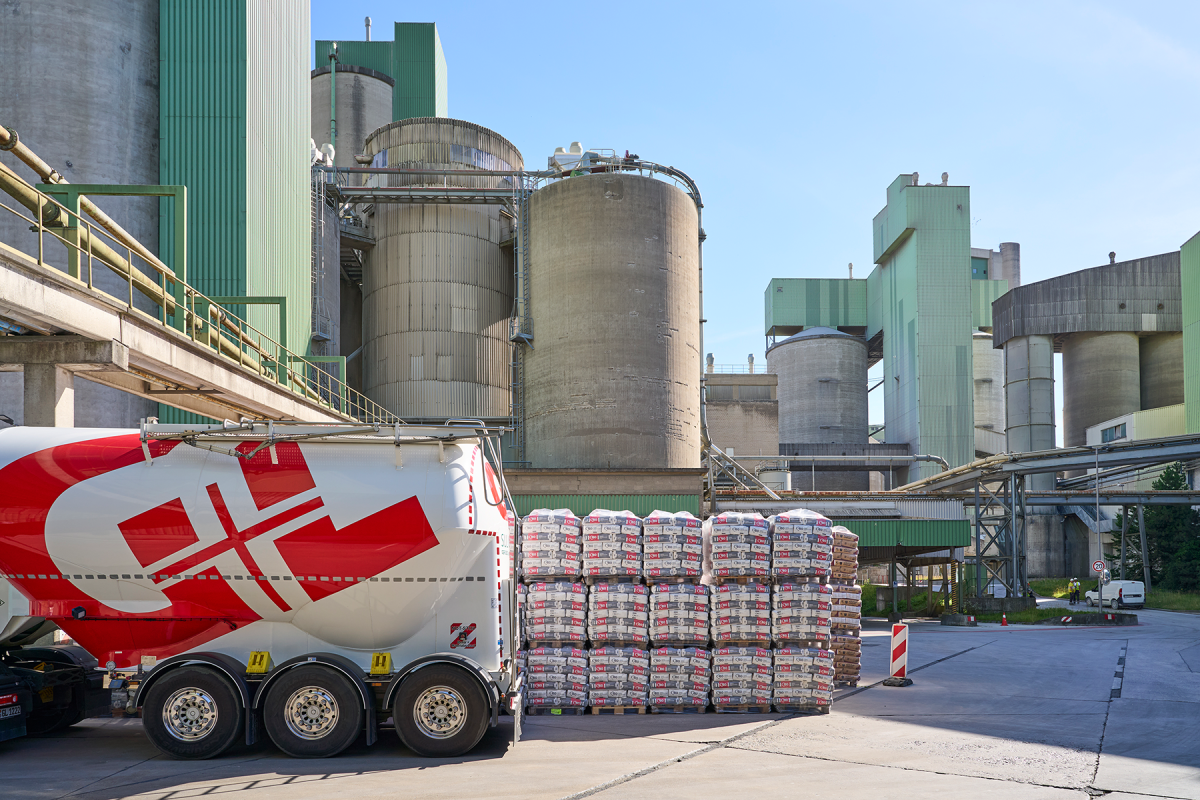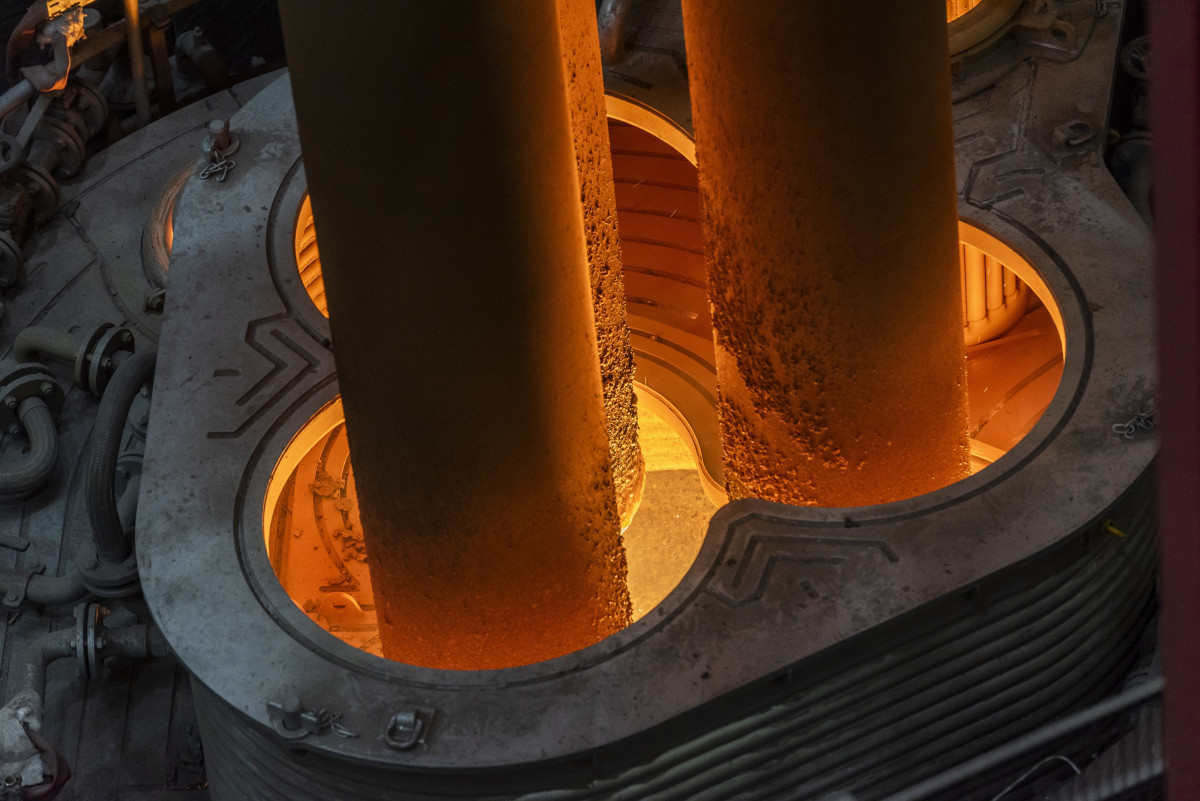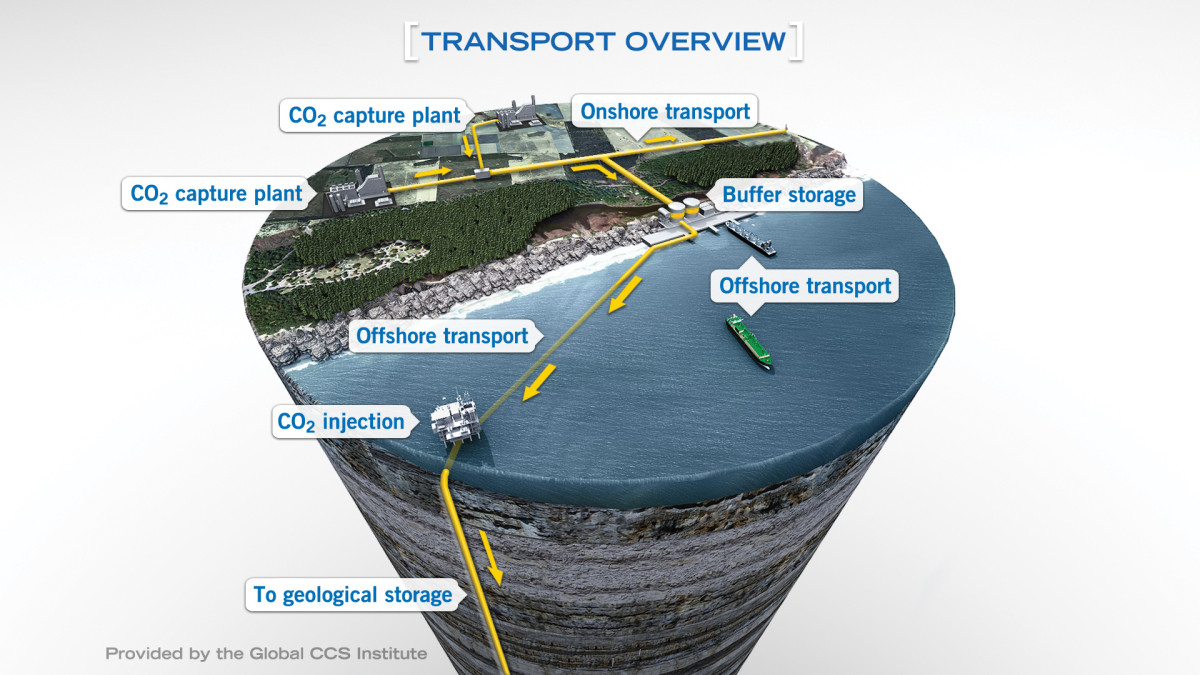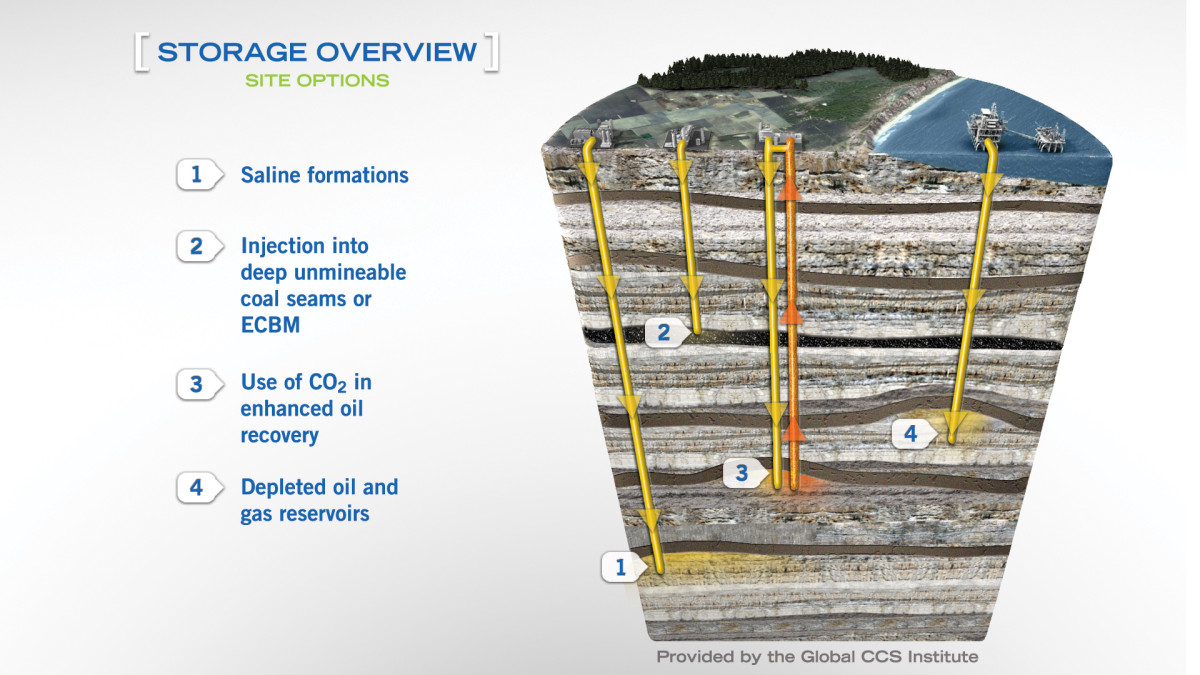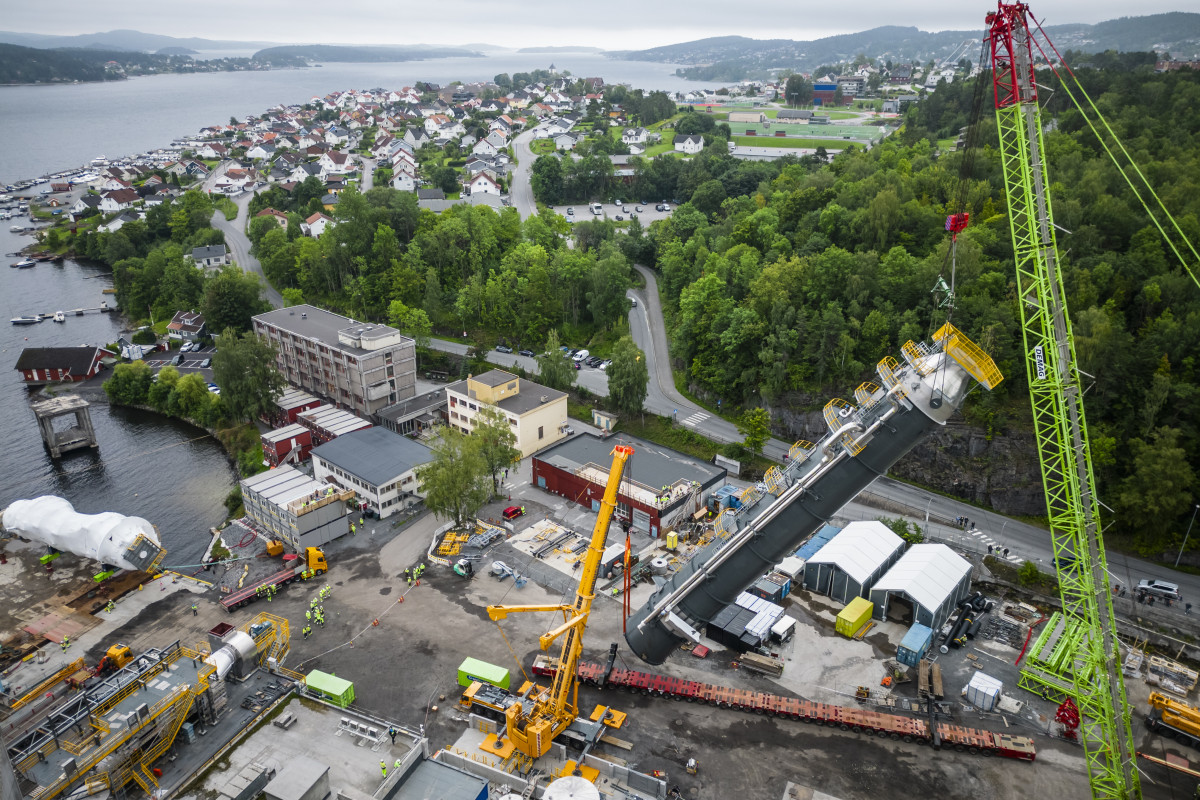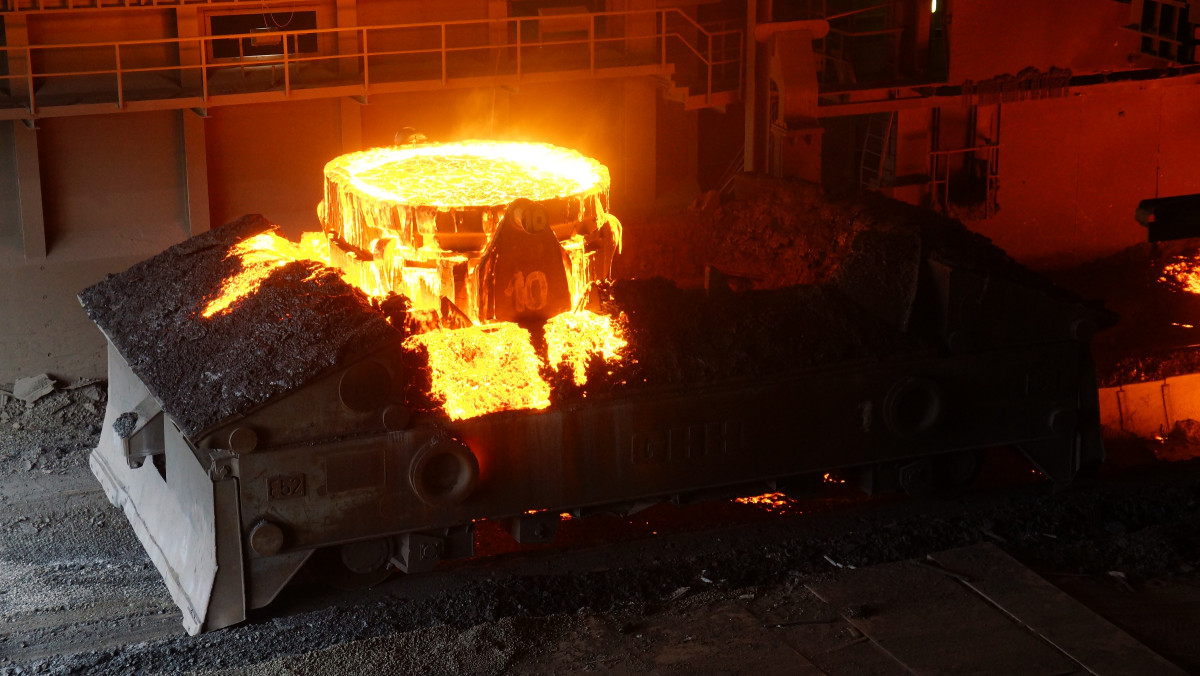EU's net-zero emissions plans shift focus to carbon management solutions
- Contents
- Q&A - Germany’s draft Carbon Management Strategy (2024)
- Story: Germany to open door for onshore CO2 storage in federal states (2024)
- Story: Germany to support CCS for industry, allow offshore carbon storage with upcoming strategy (2024)
- Story: Germany to adopt 2060 target for net-negative greenhouse gas emissions (2024)
- Q&A – CCS makes comeback as Germany and the EU strive for climate neutrality (2024)
- Q&A: EU industrial carbon management strategy (2024)
- Analysis: Carbon balancing act: Emission reduction and removal to reach net zero (2021)
- Interview: “Support direct air capture like Germany supported wind and solar” – Climeworks (2021)
- Story: UK makes carbon capture central pillar of net zero drive (2021)
- Story: Call for open debate on CCU and CCS to save industry emissions (2018)
Q&A - Germany’s draft Carbon Management Strategy (2024)
Germany's government has launched a push for technologies to capture, store, transport and use CO2 (CCS/CCU) and is set to soon adopt its Carbon Management Strategy. It is meant to create the framework for using these technologies, especially in sectors where emissions are difficult or impossible to avoid, such as cement production, waste incineration or in the chemical industry. Germany aims to coordinate its efforts with those at EU level, and with several other European countries, including pioneers like Norway and Iceland. This factsheet lays out the fundamentals of the strategy, based on a draft seen by CLEW. Read the Q&A here.
Story: Germany to open door for onshore CO2 storage in federal states (2024)
In a bid to help Germany reach greenhouse gas neutrality by 2045, the government has presented a draft law reform that would allow the storage of CO2 under the seabed, as well as onshore – but only if the federal states choose to do so. The reform – which must now be debated in parliament – would end the country's current ban on carbon storage. Germany has seen years of protests against the relevant technologies, as environmentalists saw the risk that coal plant operators would use them as a lifeline to extend the fossil fuel's use. Several environmental NGOs criticised parts of the plans, such as offshore storage which could endanger marine life. Read the article here.
Story: Germany to support CCS for industry, allow offshore carbon storage with upcoming strategy (2024)
The German government has proposed plans to make carbon capture and storage (CCS) possible to help the country reach greenhouse gas neutrality by 2045. State support will focus on capturing and storing or using carbon from industrial processes where emissions are difficult or impossible to avoid, according to a government paper on key elements of the upcoming strategy. However, Germany looks set to allow CCS also for gas-fired power plants, although without state support. Captured CO2 could then be used or stored under the seabed, either in Germany or abroad. By contrast, onshore storage remains out of the question for now. Industry association BDI welcomed the proposals, while several environmental NGOs said it opens the door for continuing fossil fuel-based business models. Read the article here.
Story: Germany to adopt 2060 target for net-negative greenhouse gas emissions (2024)

The German government is aiming to introduce a 2060 target for net-negative greenhouse gas emissions, as well as intermediate targets for technical carbon sinks, as key elements of its contribution to the Paris climate targets. By the end of 2024, the ruling coalition wants to agree on a long-term strategy for negative emissions to help deal with residual emissions which are difficult or impossible to avoid. In a document outlining the upcoming strategy, the government says that limiting the global temperature rise to 1.5°C is "increasingly unlikely", so negative emissions will also be necessary to lower the CO2 concentration in the atmosphere to limit the risks of severe and irreversible consequences for humans and ecosystems. The strategy will set the targets, evaluate different carbon dioxide removal methods, and analyse economic incentives to help ramp up the necessary technologies. Experts say Germany could become a frontrunner on CO2 removal policy with the strategy. Read the story here.
Q&A – CCS makes comeback as Germany and the EU strive for climate neutrality (2024)
Years of protest against industry plans to use carbon capture and storage (CCS) as a lifeline for coal power have made the technology a no-go issue for many politicians in Germany, Europe and beyond. Yet, countries' goals of climate neutrality around mid-century reopened debate on the issue of combatting CO2 emissions that are difficult to avoid, for example in cement production. Parties, including the German Greens, are realigning their official stance, and the country's governing coalition has presented the first crucial elements of its upcoming carbon management strategy, which is set to define guidelines for dealing with CCS. This Q&A provides a brief explanation of CCS, the history of public opposition and the status quo of the debate in Germany and the EU. Read the factsheet here.
Q&A: EU industrial carbon management strategy (2024)
The European Commission has presented its proposal for an EU strategy for capturing, transporting, trading, permanently storing and using carbon emissions as an essential part of its move to climate neutrality by 2050. The Commission aims to set up "a European single market for industrial carbon management," to be ramped up over the coming years and decades to ensure that by mid-century, residual greenhouse gas emissions can be balanced out through CO2 removals. This Q&A explains why the EU is working on the strategy and dives deeper into its crucial elements. Read the factsheet here.
Analysis: Carbon balancing act: Emission reduction and removal to reach net zero (2021)

Building up a new industry of CO2 removers and standardising the use of nature-based carbon uptake options has become a widespread demand in the fight against global warming. Critics warn that removal methods such as carbon storage in soils or capturing CO2 from plants and directly remving it from the atmosphere will draw away attention from the overarching task of avoiding emissions altogether. In Germany, the debate around negative emissions has begun to pick up, as projections show they will be crucial for achieving climate neutralty by 2045. A deep aversion in the country to carbon capture and storage (CCS) technologies makes agreeing on a decision more difficult. At the same time, the EU is preparing carbon removal legislation, and other players and nations move ahead with planning the future carbon offset market and a CO2 infrastructure. Read the article here.
Interview: “Support direct air capture like Germany supported wind and solar” – Climeworks (2021)
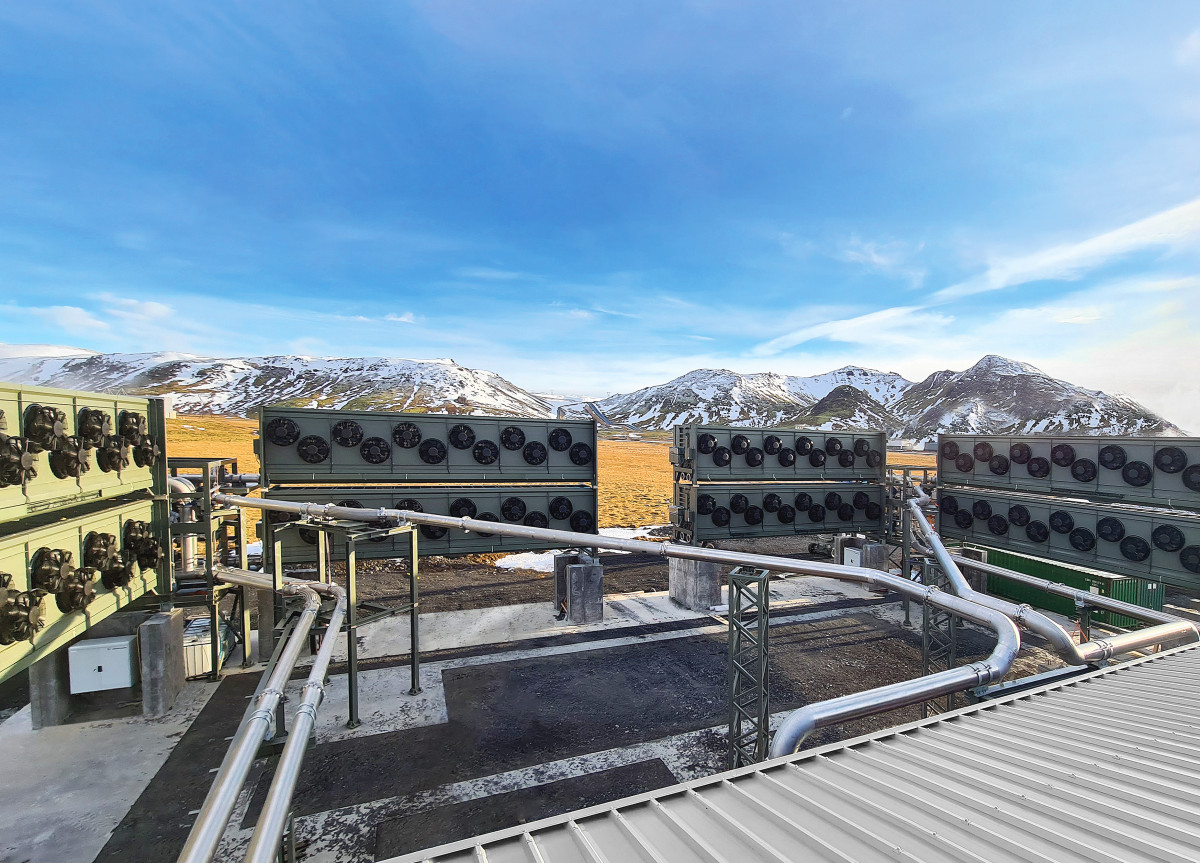
Direct air capture (DAC) to remove carbon dioxide emissions from the atmosphere will become an industry as important as today’s oil and gas giants, according to carbon removal company Climeworks. The Swiss company says the world will be in desperate need of removing carbon to mitigate climate change, which is why it has launched the world’s first and largest DAC plant. The plant will be able to capture 4,000 tonnes of CO2 per year, which will be stored underground in sparsely populated Iceland. Quickly scaling up this technology is key, Climeworks head of climate policy Christoph Beuttler told Clean Energy Wire. He said this will require government support similar to the feed-in payments that Germany used to expand renewable power sources - otherwise the budding sector will thrive elsewhere and Europe could be out of the game. Read the interview here.
Story: UK makes carbon capture central pillar of net zero drive (2021)
The UK government is embracing carbon removal technologies as part of its net zero ambition and wants to use carbon capture utilisation and storage (CCUS) to revive the industrial heartlands in the north of the country and create tens of thousands of jobs. Pilot projects are underway to sequester CO2 in the North Sea and the Irish Sea, but the involvement of well-known oil and gas companies sparks concerns that carbon storage will allow them to continue to profit from their fossil business model. Meanwhile, natural carbon removal solutions are sidelined, activists warn, and methods such as direct air carbon capture and storage and the use of biochar are still in their infancy. Read the article here.
Story: Call for open debate on CCU and CCS to save industry emissions (2018)
Germany needs to hold a rational and open public discussion about carbon capture and utilisation (CCU) and storage (CCS) as ways to avoid releasing climate-harmful emissions from industry into the environment. A position paper by the National Academy of Science and Engineering (acatech), developed by representatives from research institutions, companies and NGOs, says the technology could be necessary for Germany to reach its long-term climate goals. Read the article here.

